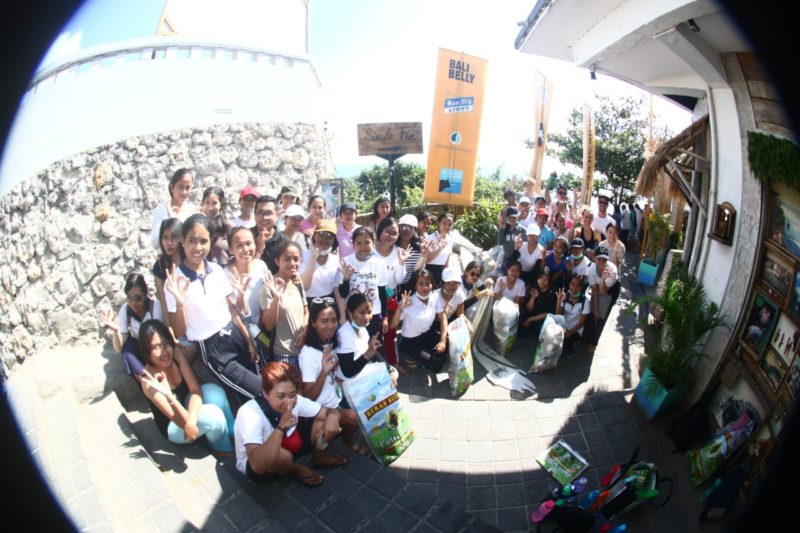Eco Surf Rescue Uluwatu, Beach Cleanup
For the 7th annual Quiksilver Uluwatu Challenge, Quicksilver in partnership with ROLE Foundation, worked together to do a big clean-up in Uluwatu . The clean-up took place at the beach, cave, restaurants and parking lot of the famous Uluwatu surf break (Suluban Beach). This cleanup was organized to raise awareness about the waste problem in Bali and to introduce the Eco Surf Rescue program from ROLE Foundation. During this cleanup, approximately 40 bags of non-organic waste and 5 broken surfboards with a total amount of 156 kgs was collected.
During the event, we gathered around 50 volunteers consisting of ROLE Foundation and Quiksilver staff, Bali WISE students, other NGOs, and individuals. At 1 pm we start the clean up by separating the volunteers into 5 smaller groups. Group 1 and 2 were responsible for the creek, group 3 and 4 were responsible for the rest of Uluwatu (cafe’s and parking lot) and group 5 was responsible for the beach area. After 2 hours of cleaning up the area, all the waste and broken surfboards were collected, weighed and transported to ROLE Foundation Zero Waste to Oceans – Community Environment & Skills Center. The waste will be further separated and analyzed at our center and recyclables will be recycled.
Rik, Manaf and the other volunteers weighing the waste.
Waste pick-up truck
Waste separation
After the waste was transported to our Zero Waste to Oceans – Community Environment & Skills Center the BaliWISE girls helped us with separating the waste and we were able to separate the waste within a few hours. The waste was separated into 12 categories with our own method that we have developed according to the Guideline for Monitoring Marine Litter on the Beaches in the OSPAR Commission. The collection of data from solid waste in the project area provides information on amounts, trends, and sources regarding waste(s). This data could be used for focusing on mitigating pollution and to test the effectiveness of legislation and regulations and our own projects.
BaliWISE girls doing their best to separate the waste
Waste being separated, bottle caps (hard plastic) on the left and plastic bags and packing material (soft plastic) on the right.
Waste categories used for the evaluation.
1. Soft plastic
2. Rubber
3. Cloth
4. Paper
5. Metal
6. Glass
7. Sanitary waste
8. Cigarette buds
9. Styrofoam
10. Polyester + PU foam
11. Asbestos
*note that the diagram displays 14 categories, in our waste separation we did not find any wood, pottery, and medical waste.
Conclusion
From the total amount of collected waste plastic, paper, metal, and glass could be considered as recyclables. So, the total amount of recyclable materials from this clean-up is 36%. This unfortunately also means that 64% is not recyclable and will probably end up in the landfill. What is remarkable in the data of this cleanup is that almost half of the waste is consisting of polyester + PU foam. On the project area, we see that there are a lot of surfboard sellers and repair shops and according to the data, it is highly likely that they throw their waste directly into the surrounding environment. In addition, 46% of the plastic we found is categorized under soft plastic, the other 54% is hard plastic.







Recent Comments